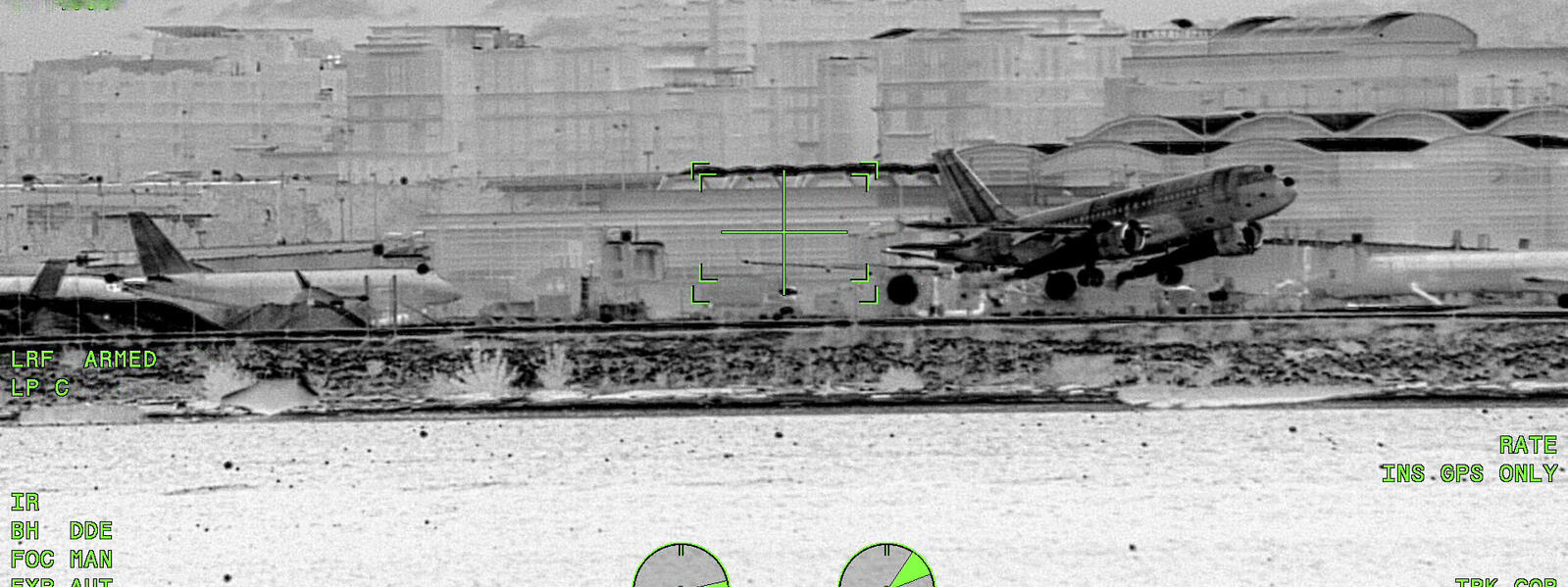
Short Wave IR (SWIR) Imaging
Short Wave IR (SWIR) is a subset of the infrared band in the electromagnetic spectrum, covering the wavelengths ranging from 1.4 to 3 microns. This wavelength is not visible to human eyes and as a result can often offer a better image than what is achievable with visible light imaging.
A number of manufacturers make SWIR imagers and FPAs (Focal Plane Arrays) that detect various ranges of the electromagnetic spectrum with various qualities. One type is InGaAs sensors which, unlike other sensor types, require no cryogenic cooling. They are sensitive to the 0.9 to 1.7 micron wavelengths, meaning that they detect both NIR (near infrared) and SWIR. InSb sensors are also available with a broad spectral response from 0.9 to 2.5 microns, and other cameras capable of sensing everything from 0.4 to 2.5 microns, covering the visible, NIR and SWIR regions with one sensor.